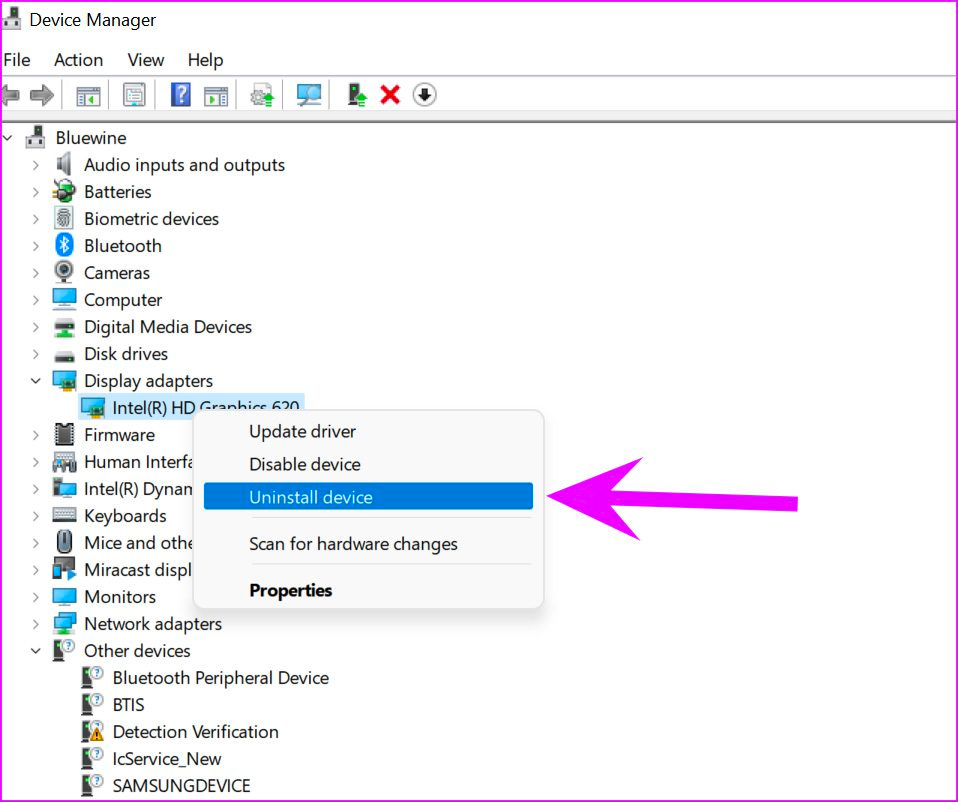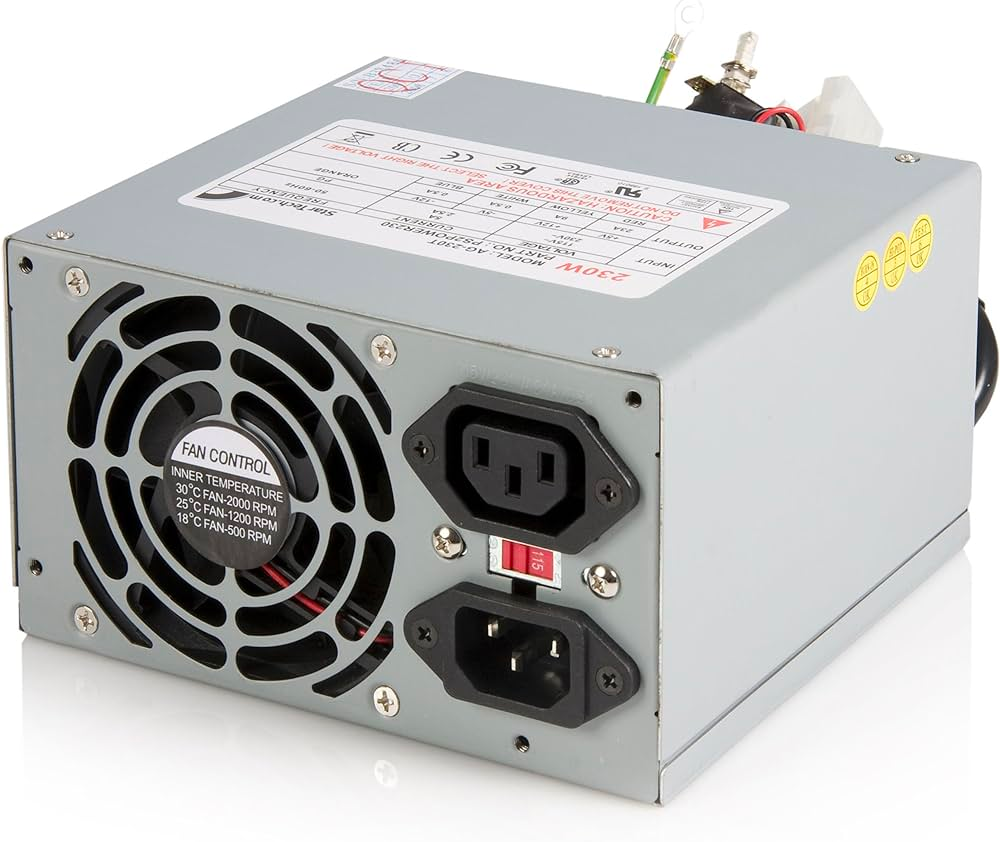It must have scared you when the graphics card driver was installed, and your screen went black. While the power light was on, the screen was blank. Though the large black screen prevents clicking, the white mouse pointer is still visible.
A malfunctioning or improperly connected hardware or software may turn off the screen. This article will explain why a graphics card installation causes a black screen and how to fix the Black Screen issue. Continue reading for details.
Why Does Your Screen Goes Black When You Install a New Graphics Card?
Problems with the power supply, the graphics card, or the display cable can cause a black screen to appear immediately after installing a new graphics card. A black screen can also result from a broken motherboard, improper BIOS settings, or a faulty graphics processing unit (GPU) slot. Here are some reasons behind this black screen problem:

Connection and Cable Issues
The inability of the system to receive the signal from the video cable can result in a black screen if the connection to any of the ports is not secure. This is usually when the connection between the cable and the port becomes loose, leading to a screen error.
Remember that your computer’s display will only be able to receive visual data if the video connector is loose. Your monitor’s HDMI, VGA, or AV cable may be dangling after you reassemble the case and install your graphics card. Your graphics cards will only receive power or signal if the connection is precise.

Missing Driver Updates
Dark screen issues can occur if your drivers are out of date. Installing a new graphics card without first installing its drivers usually results in the card not running and, consequently, no display.
Remember that out-of-date drivers are another potential source of black screens. Check your computer’s drives carefully.
- GPU and GPU Slot Issues
After installing a new graphics card, the screen goes black due to a faulty GPU port.
A motherboard may have more than one slot for the graphics card, depending on the model of the computer.
Broken graphics card slots are invisible to computers. That precludes the GPU unit from communicating with the rest of the computer when installed in that slot. In the end, when you insert a graphics card, you’ll see a blank screen.
What to Do When Your New Graphics Card Gives You a Black Screen?
Sometimes the fluctuation in temperature in your system can result in malfunctioning of the PC. Hence, usage of a new graphics card can lead to a black screen for which you need to follow the following methods mentioned below to resolve your issue:
Method 1: Provide Your Units With Sufficient Power

Look at the graphics card’s power requirements and see how they stack up against your power supply’s wattage capabilities before you buy it. If the disparity is substantial, you can choose between two alternatives. Finding a higher-rated PSU should be your first step. Second, keep looking until you find a card with the same power rating as your system.
Method 2: Revise and Set Up the Drivers
While it’s true that most operating systems install drivers automatically, there are exceptions. Installing drivers may be necessary. But first, you should see how your current drives are doing.
Determine the model of your graphics card by following these steps:
Step 1: In Windows’ search bar, enter “Device Manager.”
Step 2: Locate the “Display Adapters” item in the list, then double-click it to open the driver.

Step 3: To open a new window, double-click on the Drive.
Step 4: Verify the version of Drive by selecting it from the top pane.
Right from this pop-up window, you can update the Drive. But, while in safe mode, you should update your drives. Let’s show you:
- Keep pressing the power button on your computer until the light goes out. To turn the PC on, press it again.
- Hold the F8 key repeatedly until a blue screen with a prompt appears before the OS loads.
- Proceed to the Start-up Settings menu, then choose Troubleshoot, Advanced Options, and Restart.

- After pressing F5 to enter “Safe Mode with Networking,” you must wait for Windows to load all your essential apps.
Method 3: Verify the GPU Slot
You can insert the graphics card into one of the motherboard’s multiple slots.
You can check the functionality of the graphics card fans by opening the system case, turning on the computer, and looking inside. It might be a slot if the fans aren’t spinning; replace it.
These are the steps to take:
Step 1: Disconnect the power source.
Step 2: Pull the graphics card out.
Step 3: Discover an alternate slot and insert the card completely.

Step 4: Check that your computer is operational by turning it on.
There might be damage to multiple slots, so try another if one doesn’t work. To avoid problems, ensure your card fits correctly in the slots.
First and foremost, you must guarantee that the PCI latch secures the card. Inspect the retention clip for damage and double-check that each cable is snugly attached.
Use Advanced Driver Updater
Advanced Driver Updater is one of the best third-party utilities to keep all your device drivers updated. It is compatible with all the latest versions of the Windows operating system. It comes with a huge library of driver databases that keeps on updating itself from the manufacturer’s websites. It can scan and update all the faulty, missing, corrupt, and incompatible device drivers automatically.

Advanced Driver Updater takes a proper backup of the currently installed device drivers before making any changes. You can perform a scheduled scan or it automatically runs a scan whenever there is a hardware change on your PC. It will install the best compatible device drivers to ensure you never face any driver conflicts and all your drivers are always up to date.
Conclusion
If you still need clarification, it’s always a good idea to consult a hardware technician who can check the functionality of your hardware components. Luckily, one of these solutions will get you past the black screen after you install the graphic card driver issue or at least show you where to find the correct driver.
